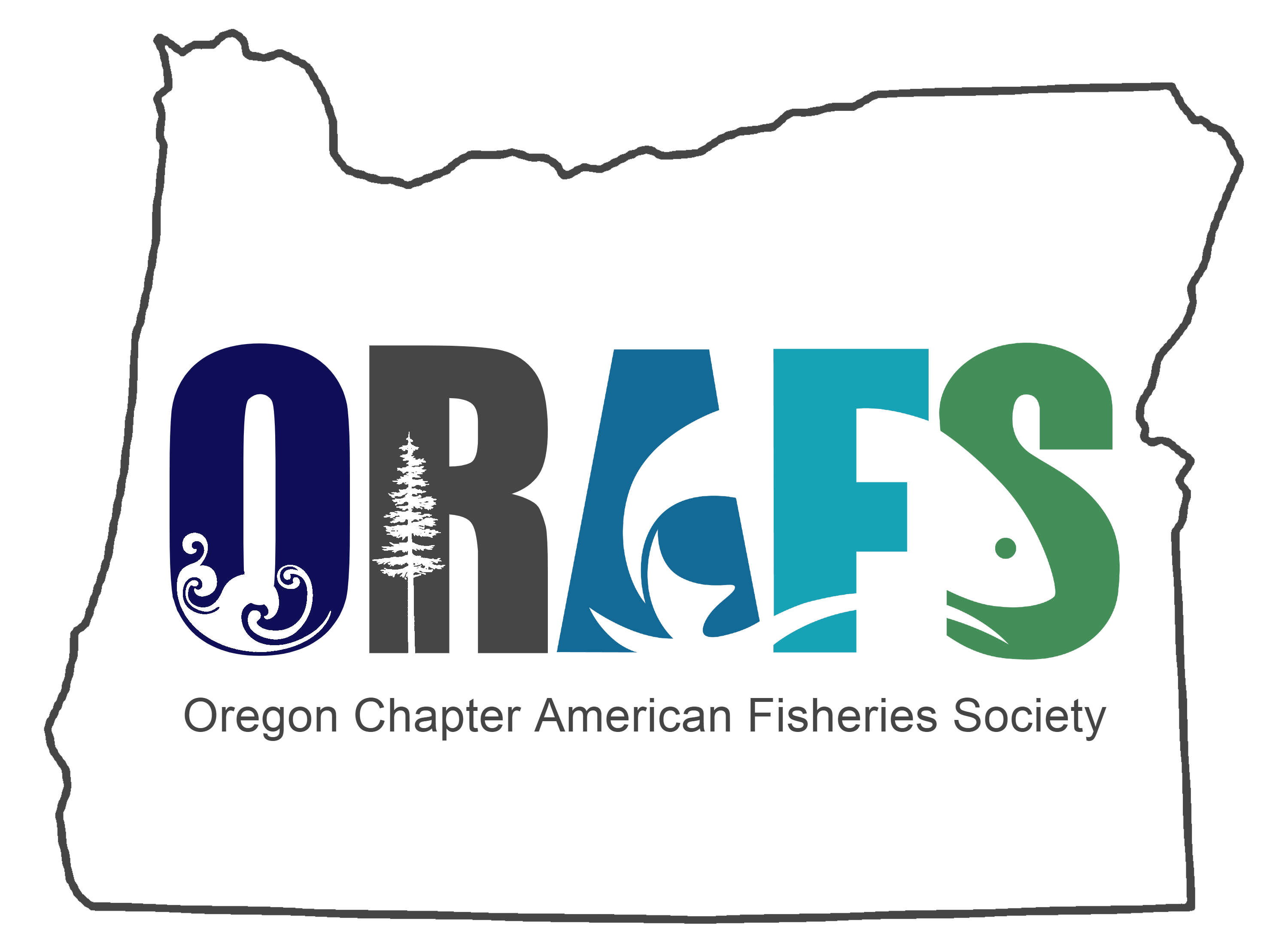PRESS RELEASE
For Immediate Release****For Immediate Release*****For Immediate Release
DATE: 3 AUGUST 1998
CONTACT: Hal Weeks, Oregon Chapter AFS President, 541-867-4741
SOCIAL CHANGE AND WATERSHED RESTORATION CRUCIAL TO COHO SALMON RECOVERY
Today’s Endangered Species Act listing of Oregon’s north coast and Columbia River groups of coho salmon as threatened species by the National Marine Fisheries Service responds to an order from federal courts. However, the legal status of coho salmon is not the important issue today. The important issue is whether or not society will make the changes necessary to ensure the sustainability of coho salmon and the northwest’s other natural resources. Regardless of their legal status, the biological status of coho salmon – and other Northwest trout and salmon species – is dire, and is likely to remain so unless society makes the decision to take significant actions to stop damaging and start restoring salmon habitats. These species urgently need substantial habitat improvements in their freshwater habitats in order to secure their future and to support future fisheries. Salmon link upland, aquatic, estuarine and marine environments. Widespread declines over several species and broad geographic regions is an indicator of how society’s use of land and other natural resources is straining our ecological systems. After all, restoring and conserving the ecological systems on which listed species depend is a core concern of the Endangered Species Act.
Solutions to our salmon and other environmental problems lie within human value systems and our willingness to change. It is clear that substantive changes are needed in agricultural practices, forestry, land development, patterns of water use and management, regulation of fisheries, the use of fish hatcheries, and in how each of us consumes resources. These changes need to take place at the watershed, river basin and eco-region levels of organization; that is throughout entire river systems and ecological regions. Many protections, like allowing riparian or erosion-prone areas to develop forests and natural vegetation capable of protecting streams, will take several tens to hundreds of years to yield their full environmental benefits.
We suggest using a method called “adaptive management” to allow decisions to be made and watershed restoration to begin in the face of uncertainty. The “management” part is implementing actions that are supported by the best available science, and that are monitored and checked against areas that are left alone. The “adaptive” part is learning from our actions and changing them when and if needed. We need to begin with substantial changes in our approach. This includes protecting remaining high quality habitat, restoring the low elevation habitats that were historically highly productive for coho salmon, and showing patience to allow degraded ecosystems to recover. If we do this, adaptive management can be a tool to help us improve our watersheds and fish populations.
Governor Kitzhaber’s Oregon Plan provides a good starting point from which adaptive management and conservation measures can begin. The Oregon Chapter of the American Fisheries Society, a volunteer professional organization of some 500 fishery and aquatic scientists, encourages environmental stewardship and watershed restoration based on an adaptive approach. These restoration measures are essential if we are to achieve the goal of salmon recovery, regardless of whether or not coho salmon receive formal protection through listing under the federal Endangered Species Act. Contact: Hal Weeks, Oregon AFS Chapter President, 541-867-4741.
